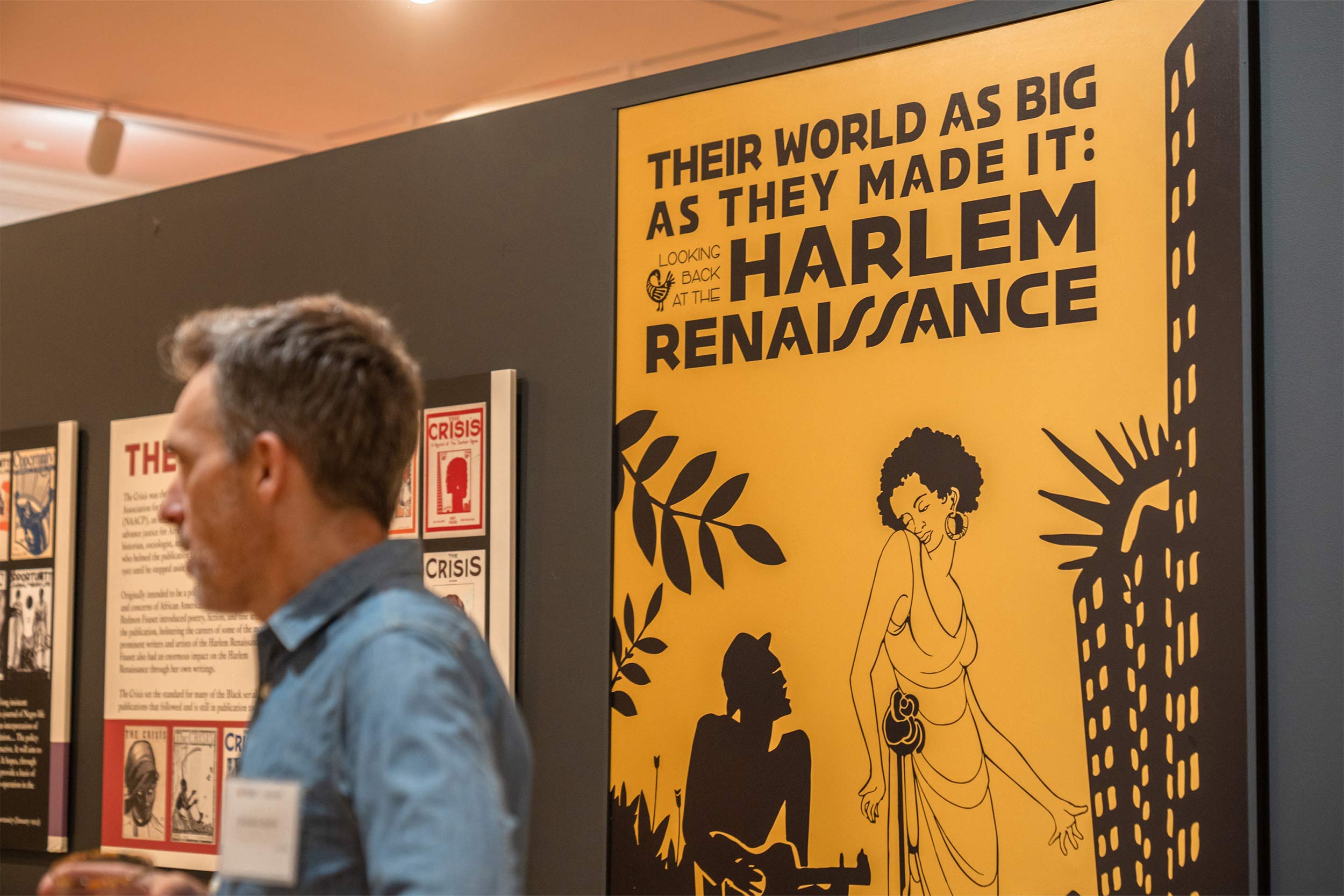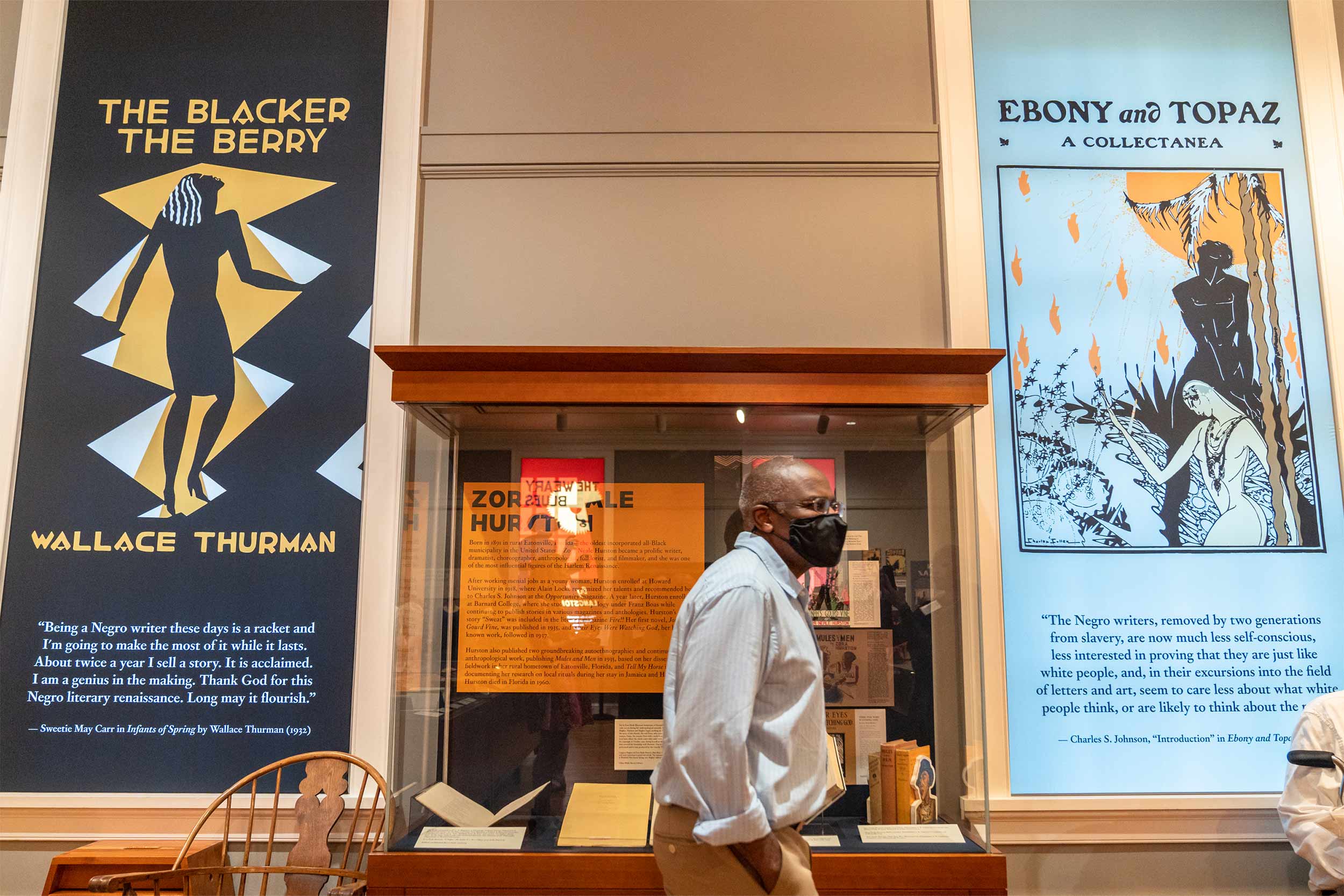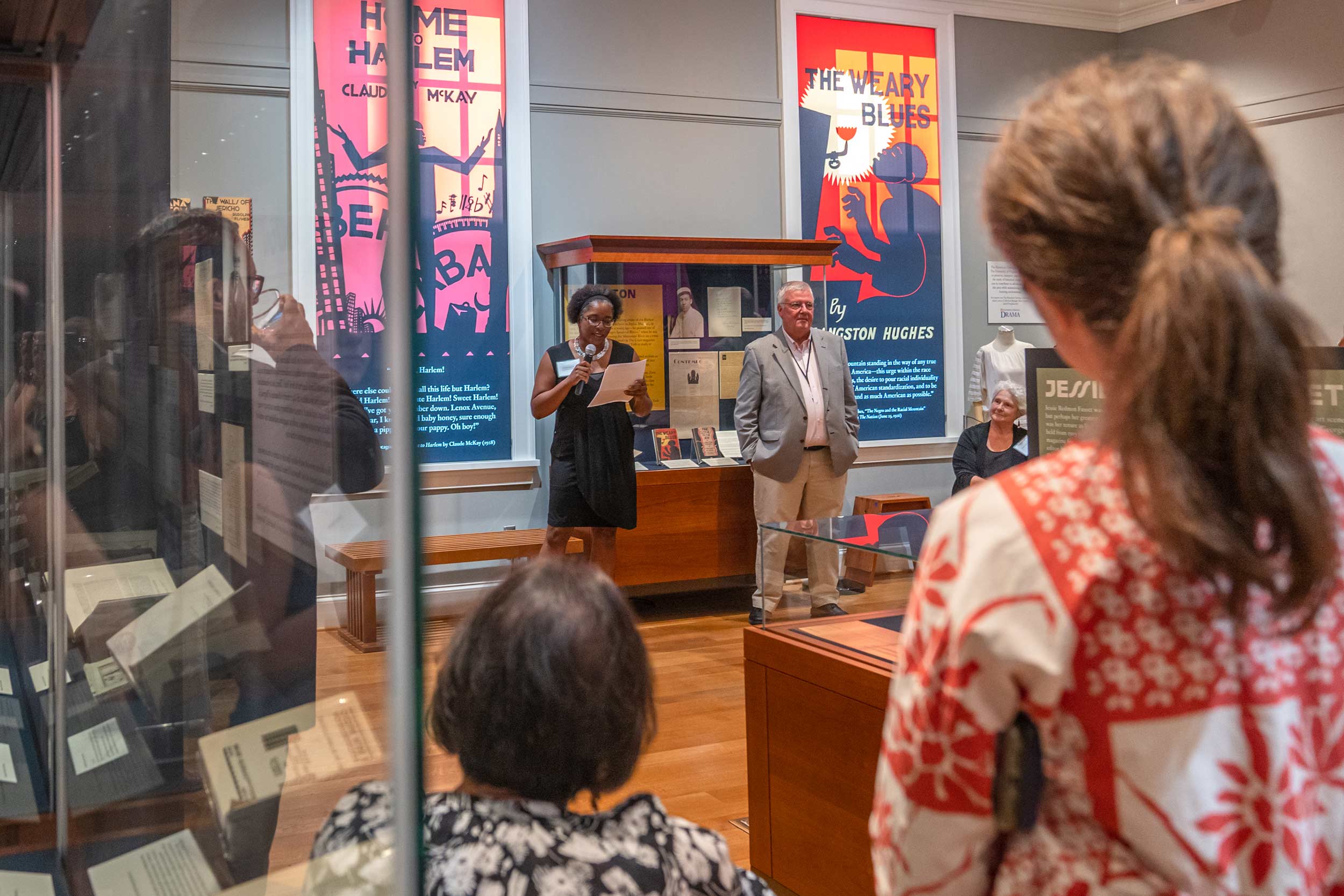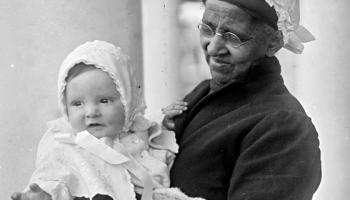Inside Their World: New Exhibit Connects Harlem Renaissance to Today

The Harlem Renaissance has come to the University of Virginia’s Grounds.
“Their World As Big As They Made It,” an exhibition at the Albert and Shirley Small Special Collections Library, opens to the public on Wednesday.
It examines the works in the period of Black artistic and intellectual activity centered in a New York neighborhood. The Harlem Renaissance began in the early 1900s as racist violence and diminishing economic opportunity pushed Black Southerners to head north in a movement known as the Great Migration.
“These young people, like Zora Neale Hurston, Wallace Thurman, Gwendolyn Bennett … their approach was, ‘We’re not going to try to aspire to white person standards. We’re not going to try to aspire to the Black middle-class standard. We’re fine being Black,’” George Riser, chief exhibition curator, said.

Scholars, writers and artists who were active in the Harlem Renaissance looked toward the future, said Krystal Appiah, one of the exhibition’s curators.
“There are a lot of existential questions about what it meant to be Black in America,” Appiah said. “Where do Black people fit in, what type of world do they want to imagine for themselves? Is it more separatist? Are they going to try to integrate with white American society?”
Those involved in the movement each had a different vision of an ideal world, though certain conventions united them stylistically.

UVA’s collection of materials from the Harlem Renaissance includes books’ original dust jackets, seen here as posters. (Photo by Erin Edgerton, University Communications)
The exhibit is the second in a trilogy that uses the library’s archives to examine Black life in Central Virginia. The first, “Visions of Progress: Portraits of Dignity, Style, and Racial Uplift,” highlighted portraits that Black residents of Charlottesville and the surrounding area commissioned from the local Holsinger Studio. The exhibit earned praise from national outlets including PBS and the Washington Post.
“This exhibit takes up where the Holsinger Studio Portrait Project leaves off,” said Holly Robertson, exhibition curator for the special collections library.
“Their World As Big As They Made It” draws on the library’s strengths, Appiah said.
That collection includes issues of some of the Harlem Renaissance’s most popular magazines, like The Crisis and The Messenger, manuscripts and original dust jackets of major works that came out of the movement, and even some of the period’s fashions. Marlon Ross, an English professor at UVA, provided Appiah, Riser and Robertson with the necessary historical context as they chose the works they wanted to highlight. Though some of the works featured in the exhibit were added to the library’s collection recently, others were collected as they were being published.

Krystal Appiah, one of the exhibit’s curators, addresses the crowd who came for the preview. (Photo by Erin Edgerton, University Communications)
“Not many institutions have a collection like ours,” Appiah said.
The special collections library also commissioned contemporary works of art with support from a UVA Arts Council grant. Five artists, all of whom have Central Virginia ties and most of whom are affiliated with UVA, created works inspired by Harlem Renaissance poems. The contemporary pieces demonstrate the mark the Harlem Renaissance made on modern culture, the curators said.
“I really wanted to make something that you can embrace and stand with,” said Abreale Hopkins, a Class of 2022 graduate who created a painting for the exhibit.
Cedric Rucker, interim senior associate vice president of student affairs and dean of students, poses for a photo with two of the contributing artists, Tobiah Mundt, left; and UVA professor Lisa Woolfork, right. (Photo by Erin Edgerton, University Communications)
The painting represents the loneliness and desperation that comes with experiencing anti-Blackness, but also the hope that “the universe, God, something will come along,” Hopkins said.
Lisa Woolfork, an associate professor of English, created a textile piece inspired by “To A Dark Girl” by Gwendolyn Bennett. The piece is a domestic scene that recreates a photo of her and two of her sisters as children. It hits close to home for a second reason: Woolfork is also a sixth-generation seamstress.
“I framed those girls in kindness, memory, a kind of togetherness. It’s a time before the world’s harm comes to find them,” Woolfork said.
Tobiah Mundt’s piece reimagines “The Negro Speaks of Rivers” by Langston Hughes. In her work, a pair of hands, lined with veins that represent rivers, extend past the frame and toward the future.
“I read the poem and listened to it probably a hundred times,” Mundt said. “The poem really speaks about how we’ve been here since the beginning of time and we’ll always be here.”
The exhibit is scheduled to close June 8, 2024.
We’re here to answer your questions! Contact us today.









